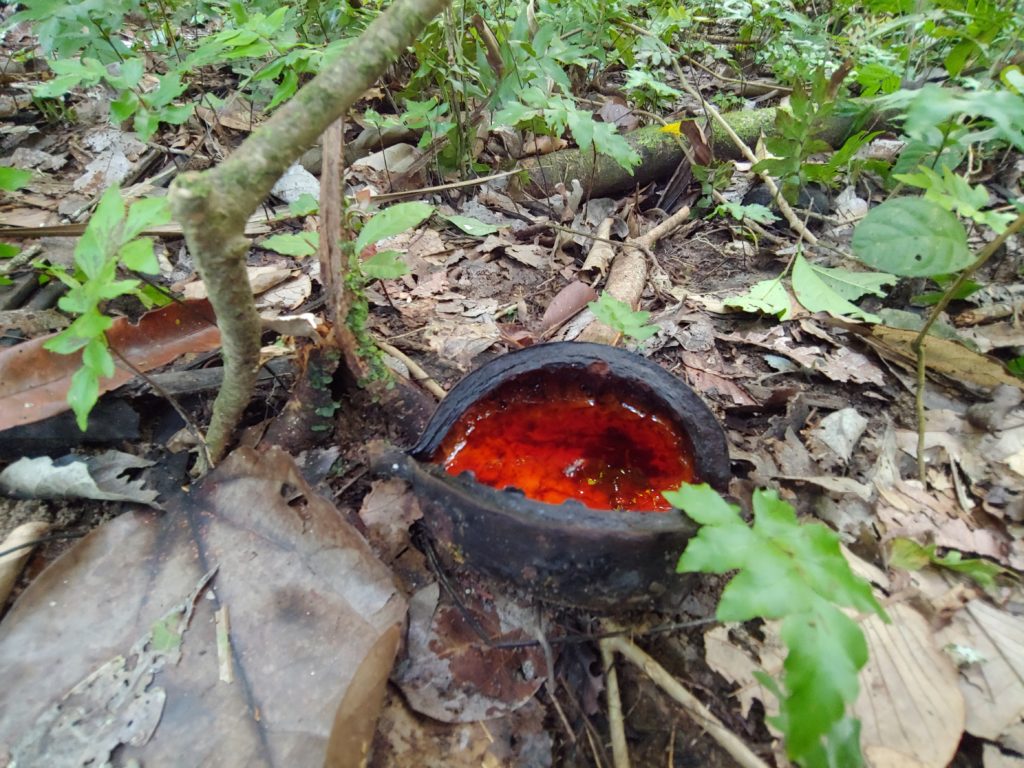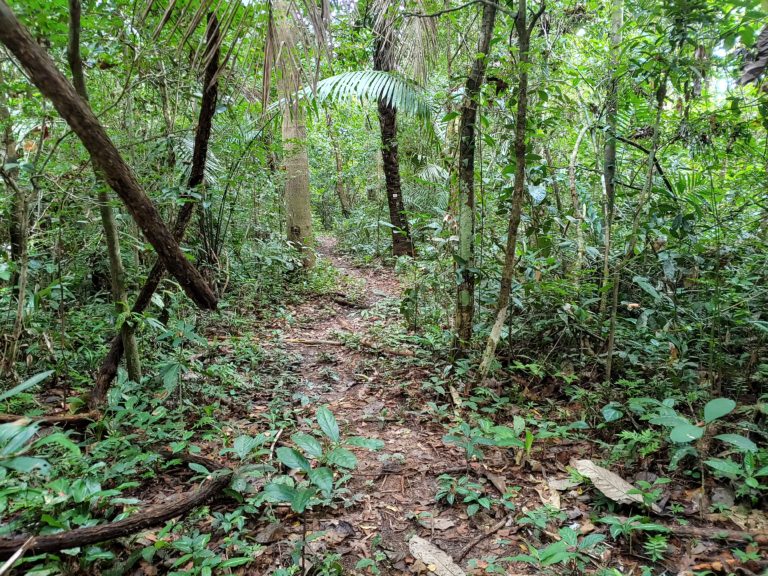What if we told you that the Amazon Rainforest, the most biodiverse place on the planet, had incredibly infertile soil?
Yep, you read that right.
It’s almost unfathomable to think that such a mighty forest dense with massive trees, dangling vines and shrouded with understory shrubs could succeed in such poor soil conditions.
And yet is does.
But how is that even possible?!
The answer, is Nutrient Cycling.

Nutrient Cycling

Unlike other ecosystems, most of the jungle’s nutrients is stored in its biomass (think living things, like plants and animals!). When a tree branch falls or an animal dies, it becomes a potential source of nourishment. The hot, humid climate allows decomposers to break down matter into simpler forms. Within a matter of weeks (or days) this material becomes available for plants to absorb as nutrients. And believe it or not, the process happens so quickly that the nutrients don’t even have time to perforate into the lower levels of the soil to be stored.
In the end, it doesn’t even matter that the lower layers of soil don’t have ‘the goods’ lush rainforest vegetation needs to thrive. All the magic rests….in the top soil!
But what happens when the rainforest’s biomass is drastically removed over a short period of time?
Find out about how Deforestation disrupts not just the health of the rainforest, but the planet as a whole in next week’s article!
